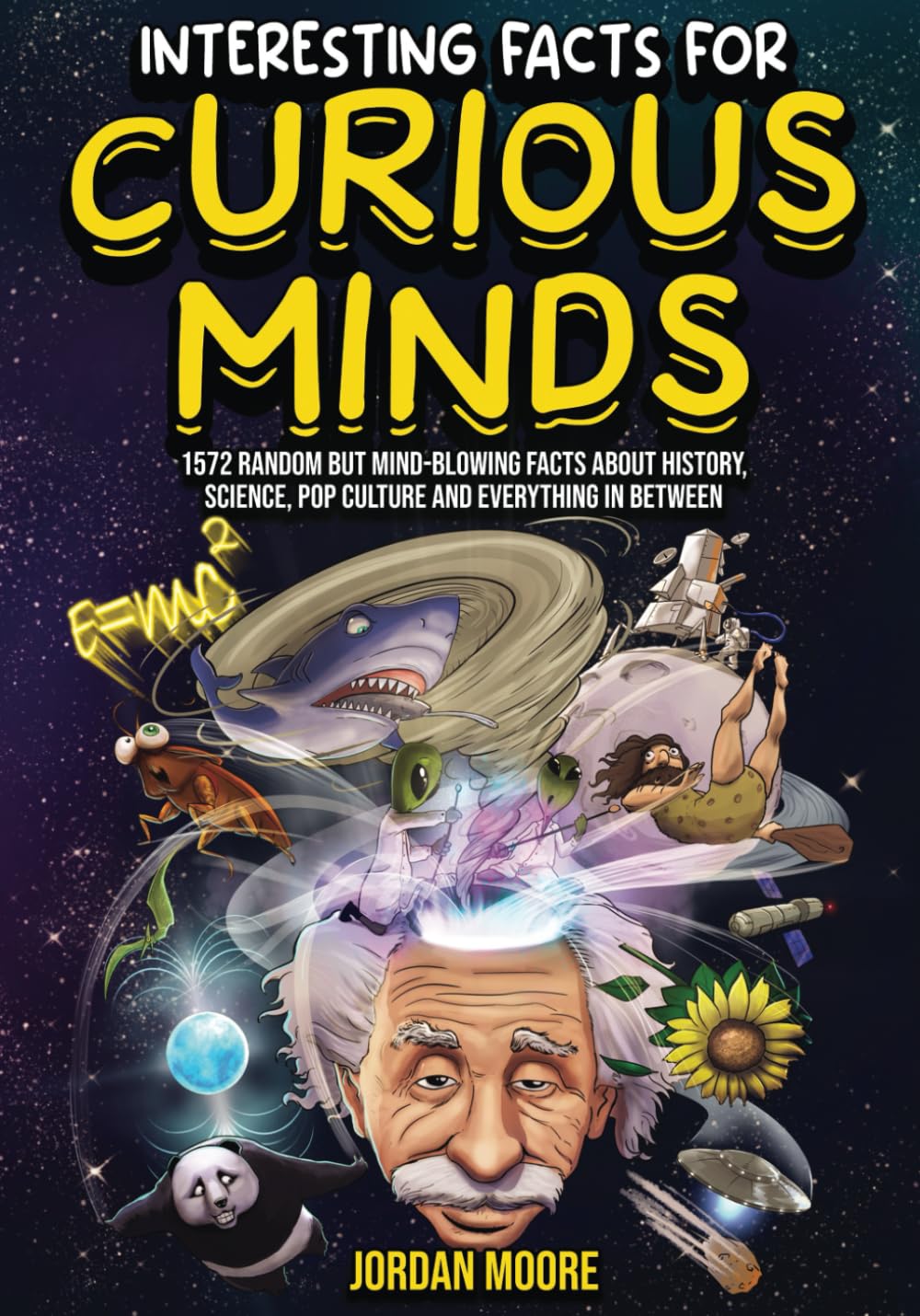
Interesting Facts For Curious Minds: 1572 Random But Mind-Blowing Facts About History, Science, Pop Culture And Everything In Between
Urban Myth Facts
byUrban myth facts delve into the curious blend of truth, fantasy, and fear that has shaped cultural storytelling throughout history. In Central America, the legend of El Cadejo introduces a mystical dog-like creature with dual personalities—one benevolent, the other malevolent. Often depicted as dragging a chain behind it, the creature’s name derives from the Spanish word for “chain,” adding a layer of depth to the myth. In a similar vein, the village of Llangernyw in Wales holds a spectral secret beneath its oldest tree, the Angelystor, a ghostly figure that whispers death predictions. This entity is said to foretell the imminent passing of parishioners, appearing every Halloween and July 31st, further fueling the eerie folklore tied to the village’s history. These myths highlight how supernatural elements are intertwined with real places, turning everyday locations into vessels of chilling stories.
Urban myths are not bound by time, constantly evolving through the generations and across continents. One striking example of this evolution is the “Black Volga” tale, prevalent in Eastern Europe during the Cold War era. This urban myth involved a mysterious black limousine, allegedly used to abduct children, and it became a reflection of the era’s fear of the unknown, particularly in the context of government control. The birth of the term “urban myth” was formalized by American folklorist Richard Dorson in 1968, but the roots of such myths stretch back much further. These myths range from the “blue star” tattoos supposedly containing LSD to the urban legend of ATMs having a backwards PIN code that calls the police. Even the notorious story of a Californian dentist who handed out candy laced with laxatives during Halloween in 1959 feeds the myths of caution and distrust in ordinary societal rituals.
Myths, often born out of strange disappearances or public figures, continue to permeate society through modern channels. Political disappearances, like that of US Congressman Hale Boggs Sr. in 1972, fueled myths surrounding mysterious locations like the “Alaska Triangle,” where people supposedly vanish without a trace. In his 1981 book The Vanishing Hitchhiker, Professor Jan Harold Brunvand popularized the trope of hitchhiking ghosts, cementing the idea that urban myths reflect societal fears of the unknown. Myths like the story of rats in sewers, which was widely debunked, persist because they hold an element of truth, keeping the myth alive despite the facts. Other bizarre legends, like the Polybius arcade game or the “Hellam Township” gates that supposedly guard the gates of hell, show how folklore evolves into elaborate, sometimes unsettling, tales that persist within modern culture.
The way myths adapt to modern society is evident in the rise of internet-based horror stories and practical jokes. For example, “cow tipping” remains a long-standing rural myth, while newer creations like “creepypasta” have found a place on the internet, weaving digital scares into the fabric of modern storytelling. The 2016 “evil clown” sightings, which spread across several countries, underscore how the unexpected nature of urban myths fuels widespread fascination. What sets these myths apart from their predecessors is the way they blend digital culture with traditional ghost stories, showing the power of storytelling in the modern age. This trend has led to the creation of interactive myths on websites like blindmaiden.com, where participants are actively involved in the lore, blurring the lines between fact and fiction. These myths continue to be a form of entertainment and warning, tapping into humanity’s deep-seated fears and desire for mystery.
The stories of urban myths are often intertwined with real-life events, blending exaggeration with historical occurrences. One example is the “bunny man” of Fairfax County, Virginia, where a man allegedly wielded an axe in 1970, becoming the subject of a terrifying urban legend that persists in local lore. Similarly, myths surrounding everyday items, such as Coca-Cola’s exaggerated dangers, show how folklore can grow from real events to become larger-than-life legends. Even the story of bluesman Robert Johnson, who supposedly sold his soul to the devil in exchange for musical talent, speaks to the way real lives are mythologized into tales of supernatural dealings. These myths serve as a reflection of society’s collective imagination, where fear, fascination, and the unknown merge to create stories that endure through generations.
The enduring power of urban myths lies in their ability to engage with universal fears and societal norms. They reflect a society’s values, its fears, and its need for control over the unknown. Whether through strange disappearances, chilling predictions, or exaggerated dangers, these myths continue to captivate, offering a mix of entertainment, warning, and intrigue. Despite the growing access to information that debunks many of these tales, the cultural impact of urban myths remains strong, as they serve to entertain and, in some cases, caution people about the world around them. Urban myths continue to evolve, adapting to new technologies and societal changes, showing that the fascination with these mysterious stories is timeless.

